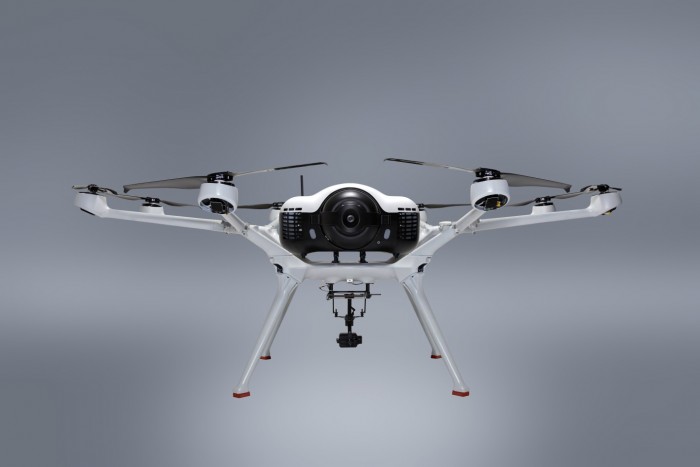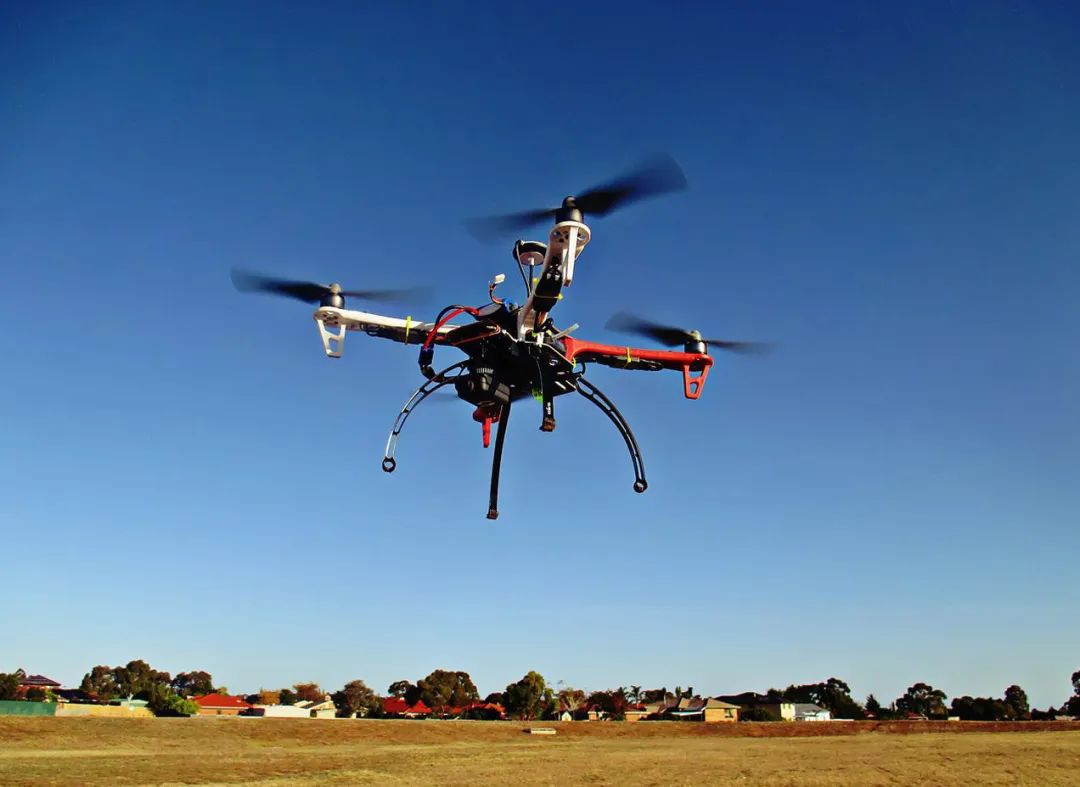Unveiling the Intricacies of Drone Fly Behavior and Flight Patterns
Drone flies, often mistaken for bees due to their strikingly similar appearance, have a fascinating world of their own. These flies belong to the family Syrphidae and go by the scientific name Eristalis tenax. Their mimicry of bees isn’t merely a coincidence but a strategic adaptation to ward off predators. Understanding their behavior and flight patterns can shed light on the unique role they play in our ecosystem.
Drone fly behavior is intriguing, particularly their life cycle, which closely intertwines with aquatic habitats. The larvae, known as rat-tailed maggots, thrive in stagnant water environments. They play a significant role in decomposing organic matter, thus contributing to the nutrient cycle.The adult drone flies, however, are crucial pollinators. Their ability to hover and fly swiftly from flower to flower makes them efficient agents for pollination, which leads us to their remarkable flight capabilities.
Flight Capabilities: Nature’s Aerial Masters
Drone flies exhibit flight patterns that are not just agile but also highly controlled. With their powerful wings, they can perform impressive maneuvers, hovering mid-air with incredible stability. This ability is largely attributed to their unique wing structure and the rapid muscle contractions that power their flight. The drone fly’s wing beat can reach up to 300 beats per second, enabling them to make quick directional changes effortlessly.
This aerial flexibility serves them well not only in pollination but also in avoiding predators. The mimicry of bees and the agility in flight deter many predators that would typically target flies. Such traits highlight their adaptive evolution, making them a subject of interest for entomologists and flight engineers aiming to replicate such biomimetic features in drones.
The Ecological Impact of Drone Flies
The ecological contributions of drone flies extend beyond their flight prowess. As pollinators, they are essential for the reproduction of various flowering plants. This relationship between drone flies and plants significantly influences plant diversity and health. Moreover, their presence in ecosystems serves as a bioindicator, signaling the health and quality of their habitats. Observing changes in their behavior or population can offer insights into environmental shifts and potential pollution levels.
Drone flies epitomize a balance between delicate ecological functions and robust adaptability, making them vital components of the ecosystems they inhabit.
FAQs About Drone Fly Behavior and Flight
- Are drone flies harmful to humans?
No, drone flies are harmless to humans. They do not possess a sting or bite and are primarily beneficial due to their pollination activities. - Why do drone flies mimic bees?
This mimicry serves as a protective mechanism. Predators often confuse drone flies with bees, avoiding them due to the fear of being stung. - How do their flight patterns aid in pollination?
Their ability to hover and rapidly move between flowers ensures effective pollination, aiding in the spread of pollen across a wide area.
